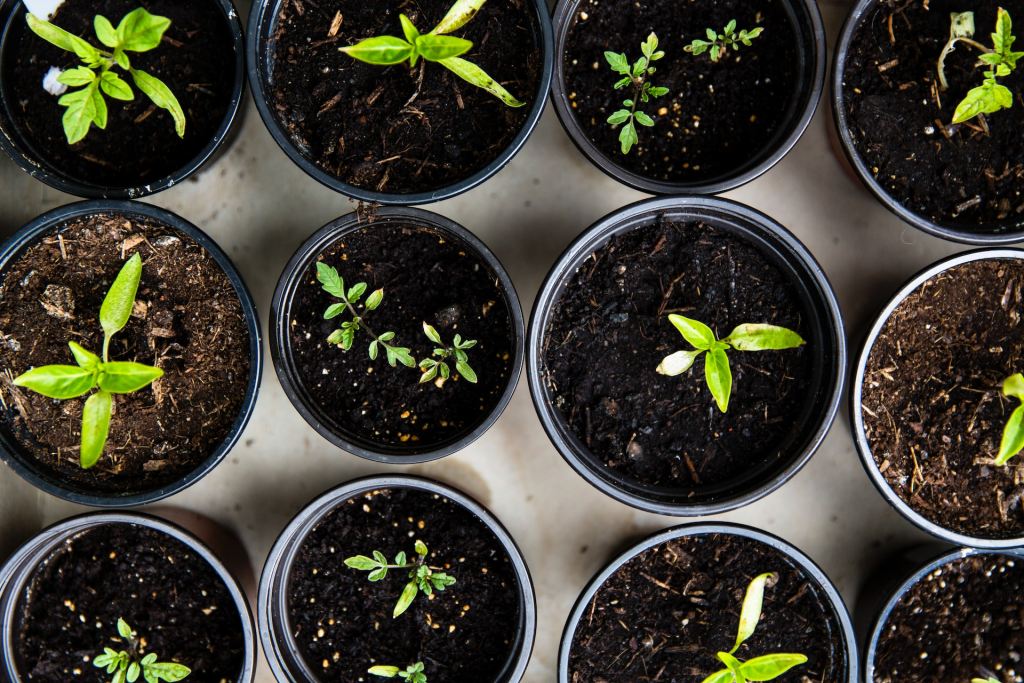
In a world increasingly burdened by environmental challenges like climate change, resource depletion, and pollution, the concept of sustainability has become more critical than ever.
Sustainability involves making choices and taking actions that meet the needs of the present without compromising the ability of future generations to meet their own needs. While governments, businesses, and organizations play significant roles in addressing these challenges, individuals can also make a substantial impact.
You have the power to become a “sustainability champion” by adopting practices that reduce your environmental footprint and inspire others to do the same. In this article, we’ll explore ten actionable ways you can become a sustainability champion and make a meaningful contribution to a more sustainable future.
1. Educate Yourself and Others.
Knowledge is the first step toward effective action. Understanding the complexities of sustainability issues equips you with the tools to make informed decisions. Here are some action steps you can take:
- Read Widely: Dive into books, articles, and research papers on topics like climate change, biodiversity loss, and sustainable living.
- Watch Documentaries: Documentaries like “An Inconvenient Truth,” “Before the Flood,” and “The True Cost” can provide valuable insights.
- Attend Workshops and Seminars: Look for local or online events that focus on sustainability.
- Start Conversations: Share what you’ve learned with friends, family, and colleagues to raise awareness.
2. Reduce, Reuse, Recycle.

The mantra of “Reduce, Reuse, Recycle” is a simple yet powerful tool for minimizing waste and conserving resources. Here at Remoov, we pick up and sell, donate or recycle all your unwanted items, helping you clear your clutter responsibly and saving the environment at the same time. But here are some tips to get you started:
- Reduce Single-Use Items: Invest in reusable water bottles, shopping bags, and containers to reduce single-use plastic.
- Repurpose and Upcycle: Get creative with repurposing old items, turning them into something new and useful.
- Practice Responsible Recycling: Learn what can and cannot be recycled in your area, and make sure to recycle correctly.
- Compost Organic Waste: Divert food scraps and yard waste from landfills by composting.
3. Adopt Sustainable Consumption Habits.
The products we buy and the way we consume them have far-reaching environmental and social consequences. Adopting sustainable consumption habits is one way of ensuring that the way you consume products doesn’t have a lasting impact on you and to the environment. Here are some techniques:
- Choose Eco-Friendly Products: Look for products with eco-certifications like Energy Star, Fair Trade, or organic.
- Support Local Businesses: Buying locally reduces transportation emissions and supports your community.
- Buy Less, Choose Well: Prioritize quality over quantity, opting for durable items that last longer.
- Practice Mindful Consumerism: Ask yourself if you truly need an item before purchasing it.
4. Practice Energy Efficiency.

Energy consumption contributes significantly to greenhouse gas emissions and resource depletion. Did you know? More than 40% of energy-related carbon dioxide (CO2) emissions come from fossil fuel burning to generate electricity. It’s a good thing countries are now embracing more sustainable energy sources like solar power and wind energy, but we can do a little better than that:
- Use Energy-Efficient Appliances: Replace old appliances with energy-efficient models.
- Turn Off and Unplug: Switch off lights and unplug chargers and appliances when not in use.
- Seal and Insulate: Ensure your home is well-insulated to reduce heating and cooling energy needs. Get some tips on how to properly insulate your home using different window shade options.
- Consider Renewable Energy: Investigate options for using solar panels or wind turbines to generate clean energy.
5. Embrace Eco-Friendly Transportation.
Transportation is also a major source of greenhouse gas emissions and air pollution. In fact, greenhouse gas emissions started to ramp up exponentially during the First Industrial Revolution. Coal- and fossil fuel-powered machines were used to transport goods and people, especially when the first fully-functional locomotive was created.
Nowadays, bullet trains and metro rail transits have significantly reduced the need to shovel and burn fossil fuels to keep trains running. Some more ways to further this include:
- Walk and Bike: Use active modes of transportation for short trips.
- Carpool and Use Public Transit: Share rides with others to reduce the number of vehicles on the road.
- Choose Fuel-Efficient or Electric Vehicles: When purchasing a car, opt for a model with lower emissions. Companies like Tesla are innovating electric motor vehicles (EMV) to help create more sustainable modes of transportation.
- Plan Efficient Routes: Combine errands to reduce the need for multiple trips.
6. Support Sustainable Food Choices.

Food production has wide-ranging impacts on the environment, from greenhouse gas emissions to water use. But there are ways to support sustainable food choices, like the following:
- Go Plant-Based: Consider adopting a plant-based diet or reducing meat and dairy consumption.
- Buy Local and Seasonal: Support local farmers and reduce the carbon footprint of your food.
- Minimize Food Waste: Plan meals, use leftovers creatively, and compost food scraps.
- Grow Your Own: If possible, cultivate a small garden for fresh, homegrown produce.
7. Reduce Water Usage.
Water is a finite resource, and conserving it is essential for both the environment and future generations. Reducing water use, even just the simple act of fixing a leaky faucet, is already another feather in your Sustainability Champion cap.
- Fix Leaks: Repair dripping faucets and running toilets promptly.
- Install Water-Saving Fixtures: Upgrade to low-flow showerheads and toilets.
- Collect Rainwater: Use rain barrels to collect and reuse rainwater for gardening.
- Be Mindful of Outdoor Water Use: Water your lawn and garden during cooler times of the day to reduce evaporation.
8. Advocate for Change.

Advocacy is a powerful tool for driving policy and corporate change toward sustainability. In the right hands, and when done in the correct way, advocacy inspires change in your community and your country.
- Engage with Government: Contact your local and national representatives to voice your concerns about environmental issues.
- Support Environmental NGOs: Contribute to and volunteer with organizations working to protect the environment.
- Participate in Grassroots Movements: Join or organize protests, rallies, or community initiatives.
- Vote with the Environment in Mind: Consider a candidate’s stance on environmental issues when voting.
9. Cultivate Sustainable Landscapes.
Landscaping practices can have a substantial impact on local ecosystems and biodiversity. Here are some steps on how to make sure your landscaping work is environmentally safe and sustainable:
- Plant Native Species: Choose native plants that support local wildlife and require less maintenance.
- Reduce Chemical Use: Minimize pesticide and herbicide use to protect pollinators and water quality.
- Conserve Water: Use mulch and efficient irrigation systems to reduce water needs in your yard.
- Create Habitat: Design your landscape to provide shelter and food for local wildlife.
10. Lead by Example and Inspire Others.

Your actions can inspire positive change in your community and beyond. Moreover, during this era where simple acts can go viral online, even at home, you can inspire change across the world.
Case in point: check out this viral video from Great Big Story about how one man saved a Mumbai beach and inspired others to clean up around the world. Here’s how you can contribute, too:
- Share Your Journey: Document your sustainability efforts on social media or through a blog.
- Teach and Mentor: Encourage friends and family to adopt sustainable practices.
- Collaborate with Others: Join or start local sustainability groups or initiatives.
- Celebrate Progress: Recognize and celebrate the positive changes you and others are making.
—
Becoming a sustainability champion is not just about making individual changes; it’s about contributing to a global movement towards a more sustainable future. By educating yourself, adopting sustainable practices, and inspiring others to do the same, you can have a significant impact on the environment and promote a healthier, more sustainable world for generations to come. Remember that every action counts, and together, we can build a brighter and more sustainable future for all.
Here at Remoov, we’re all about sustainability, and if you’d like to know more about our decluttering services and how we can help you become a sustainability champion, check out our services here.
About Remoov
Remoov (www.remoovit.com) is the all-in-one decluttering service. The company picks up everything that a household or company wants to resell, donate or dispose – making the process of moving, downsizing, redecorating or selling an estate faster, less costly and more sustainable.
Sources:
